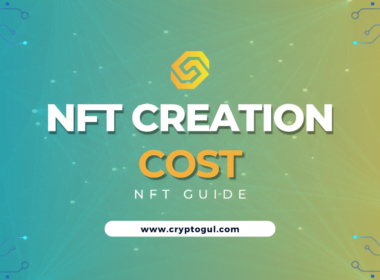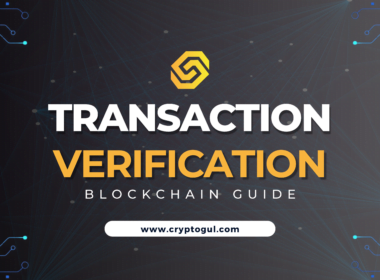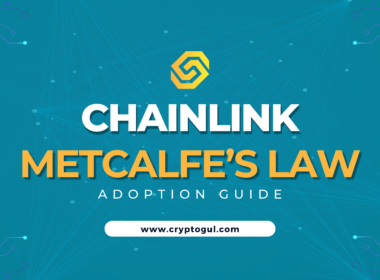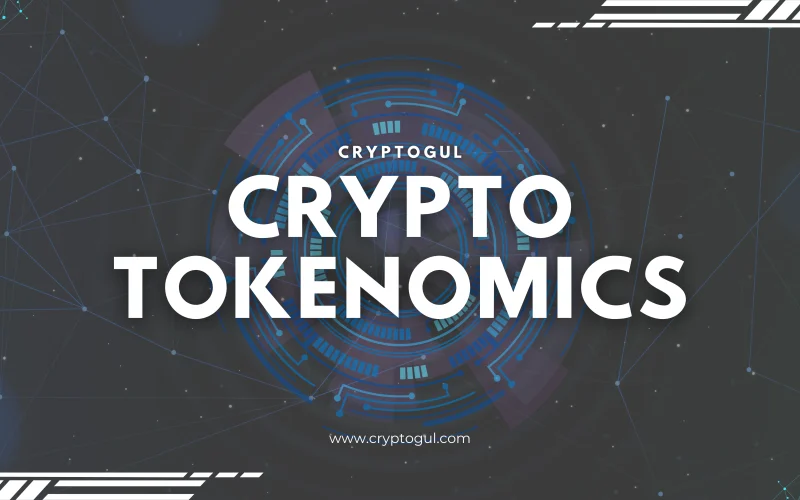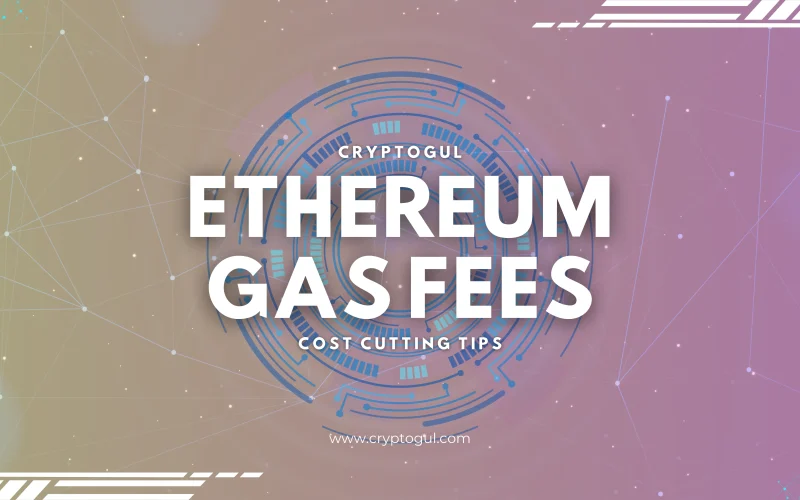Cryptocurrency tokenomics, a combination of the words “token” and “economics,” refers to the study of the economic design, creation, and distribution of digital tokens within a blockchain ecosystem.
In simpler terms, tokenomics focuses on the financial and operational aspects of a cryptocurrency token, its use cases, and the overall system in which it operates.
This beginner’s guide aims to provide you with an overview of the key aspects of cryptocurrency tokenomics and help you understand its significance in the ever-evolving world of digital currencies.
Understanding Tokens
Tokens are digital assets that represent a specific value or utility within a blockchain ecosystem.
They can be used for various purposes such as granting access to services, representing ownership of an asset, or functioning as a medium of exchange.
There are primarily three types of tokens:
Utility Tokens
Utility tokens are designed to provide access to a product or service within a blockchain network.
They are typically used to raise funds during an Initial Coin Offering (ICO) or a similar fundraising event.
Users can spend utility tokens to access a platform’s services or trade them on exchanges for other cryptocurrencies or fiat currencies.
Security Tokens
Security tokens represent an investment in a company or project and often entitle the holder to dividends, profit-sharing, or voting rights. These tokens are subject to securities regulations and are considered a financial instrument, much like traditional stocks and bonds.
Governance Tokens
Governance tokens give holders the right to participate in the decision-making process of a blockchain project or decentralized application (dApp).
This can include voting on proposals, suggesting changes, or influencing the development direction of a project.
Key Components of Tokenomics
There are several key components of tokenomics that determine the functionality and value of a token within a blockchain ecosystem:
Token Supply
Token supply refers to the total number of tokens that exist or will exist in circulation. This can be divided into circulating supply (tokens available for public use) and total supply (all tokens, including those reserved for various purposes such as team allocation, marketing, or development).
Token Distribution
Token distribution outlines how tokens are allocated to different stakeholders, such as investors, team members, advisors, and the community. It also includes the methods used to distribute tokens, like airdrops, ICOs, or mining rewards.
Token Utility
Token utility defines the various use cases and functions that a token serves within a blockchain ecosystem. This can range from providing access to a service, acting as a medium of exchange, or serving as a store of value.
Token Incentives
Token incentives refer to the rewards and benefits offered to stakeholders for participating in the ecosystem, such as staking rewards, liquidity provision, or transaction fee discounts. These incentives encourage user adoption and promote the growth of the network.
Tokenomics Models
There are several tokenomics models used by projects to manage their tokens, each with its own set of advantages and drawbacks:
Inflationary Model
In the inflationary model, the token supply increases over time, usually through mining or other reward mechanisms. This can encourage participation in the network but may lead to decreased token value due to a higher supply.
Deflationary Model
In the deflationary model, the token supply decreases over time, often through token burning or other mechanisms that reduce the circulating supply. This can lead to increased token value due to scarcity but may also discourage spending and hinder network growth.
Dual-Token Model
The dual-token model utilizes two separate tokens within a single ecosystem, each serving a distinct purpose. One token may act as a stable store of value, while the other represents utility or governance within the platform.
The Importance of Tokenomics
Tokenomics is crucial in determining the long-term success and viability of a blockchain project. Well-designed tokenomics can promote network growth, incentivize user participation, and create a sustainable ecosystem. On the other hand, poorly designed tokenomics can lead to centralization, price volatility, or even project failure.
Tokenomics and ICOs
Initial Coin Offerings (ICOs) are fundraising events where projects sell their tokens to investors in exchange for capital. Tokenomics plays a vital role in ICOs, as it helps investors evaluate the potential value and utility of the tokens being offered. By understanding the tokenomics of a project, investors can make informed decisions and potentially mitigate risks.
Evaluating a Token’s Tokenomics
When evaluating a token’s tokenomics, consider factors such as token supply, distribution, utility, and incentives. Additionally, research the project’s team, use cases, and market potential. It’s essential to understand the tokenomics of a project before investing, as it can greatly impact the token’s long-term value and success.
Risks and Challenges in Tokenomics
Tokenomics is still a relatively new field, and there are many risks and challenges associated with it. These include regulatory uncertainty, market volatility, and the potential for manipulation or fraud. As the space continues to mature, it’s crucial for projects to address these issues and design tokenomics models that promote transparency, fairness, and sustainability.
The Future of Tokenomics
As the cryptocurrency and blockchain industry grows, the importance of tokenomics will only increase. We can expect to see new token models, use cases, and regulatory frameworks emerge to accommodate the evolving landscape. As a result, understanding tokenomics will become even more crucial for investors, developers, and users alike.
Conclusion
Cryptocurrency tokenomics is a critical aspect of the blockchain ecosystem that influences the success and sustainability of digital tokens.
By understanding the various components of tokenomics, such as token supply, distribution, utility, and incentives, individuals can make more informed decisions when participating in or investing in blockchain projects.
As the industry continues to evolve, tokenomics will play an increasingly important role in shaping the future of digital currencies.
A coin typically refers to a cryptocurrency with its own native blockchain, like Bitcoin or Ethereum. A token, on the other hand, represents a digital asset built on an existing blockchain, such as ERC-20 tokens on the Ethereum network.
Tokenomics helps investors evaluate the potential value and utility of a token, as well as the overall sustainability and growth prospects of a project. By understanding a project’s tokenomics, investors can make more informed decisions and potentially mitigate risks associated with their investments.
Yes, tokenomics can change after a project has launched, although it can be challenging to implement major changes without causing disruptions or backlash from the community. Changes to tokenomics may be made through proposals and voting, especially in projects that use governance tokens.
Tokenomics can significantly impact the price of a token by influencing factors such as supply, demand, utility, and market perception. A well-designed tokenomics model can promote stability and growth, while poorly designed tokenomics can lead to price volatility or even project failure.
Technically, a token could exist without tokenomics; however, it would likely lack functionality, value, and a sustainable ecosystem. Tokenomics is crucial in determining the long-term success and viability of a token within a blockchain ecosystem.


